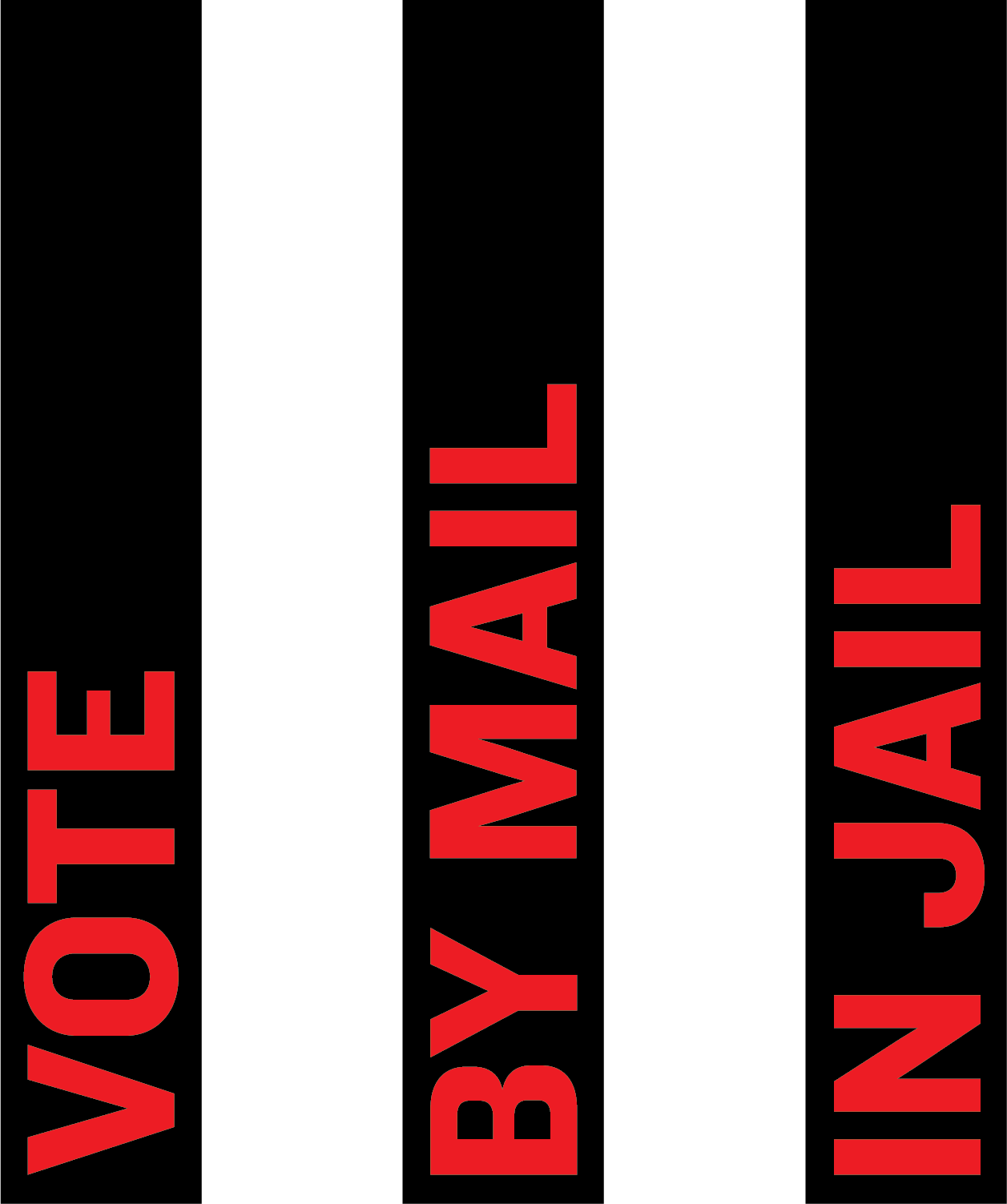Methods to Engage Sheriffs in Jailed Voter Support
Efforts facilitating absentee ballot access at Genesee County Jail in Michigan
It's 2023 and already time to start planning for the next election. Are you interested in helping your incarcerated citizens vote? Here's how: For the past two years, Spread The Vote has been able to engage eligible incarcerated citizens seeking access to the ballot across several states. As part of this work, we engage in different methods for connecting with sheriffs in order to support jailed voters all over the country. Today we are talking about the strategies we use to engage administrative staff in Vote by Mail in Jail programs.
Corresponding with jail officials is a multi-level process that may take days, or even weeks. The challenge is both connecting with the right administrator and receiving a response. Our team begins with a phone call, often to the jail’s general line, before asking to be directed to the Jail Administrator (or whoever may be assigned to facilitate voting) in order to share a description of the program and offer to assist staff with identifying eligible voters. We also offer to send sample materials for review before requesting contact information for direct follow-up.
A few tips for navigating the jail's main phone line: Make sure to click on the corresponding numbers for the Sheriff's Office. If that isn't a possibility, try to connect to the jail officer on-duty and ask to be forwarded to the jail administrator. If the jail administrator is unavailable, ask the officer on-duty for the jail administrator’s contact information in order to send a follow up directly to the right office who has the authority to approve election-related materials for distribution. Some initial call questions to consider include:
Who is in charge of inmate voting? (This will help ensure you get the right person’s contact information)
How many eligible voters were registered out of your facility during the last election cycle?
How many eligible voters were able to cast ballots out of your facility during the last election cycle?
Do those housed at your facility have access to tablets? (This would allow for materials to be distributed electronically)
After making that initial call, and sending a follow up email, if a response isn’t received within a couple of weeks we’d encourage making a follow up call using the direct contact information we obtained. Here are some suggestions on questions to ask during that followup call:
Does the jail track who is eligible to vote at your facility? If not, does your team need assistance identifying eligible voters in your state?
Do staff currently work with their local clerk's office to facilitate ballot submissions? If not, is there a process in place for allowing jailed voters to participate?
Would you prefer having materials sent directly to voters, or to the facility’s business mailing addresses? Can I please verify the mailing address?
Who is the best contact person (email address/phone number) for our team to notify when materials are ready to be provided for voters?
After attempting to engage staff in these ways, for those facilities that still have not responded, we follow up by mailing program materials for review addressed with the appropriate contact information. Make sure to add tracking to the delivery so that you’re able to follow up directly with that staff person and ensure that they received the materials. Persistence is essential in those cases where jail staff may feel overwhelmed with managing day to day operations.
The majority of jail staff who are unable to respond by phone, usually respond by email; and those who are not able to respond by email are usually prompted to do so after receiving materials addressed to them in the mail. In your mailed invitation, make sure to include a description of the elements of the program that the facility may be interested in according to their responses to the above inquiries.
The initial goal is to inquire whether there is any voter support available at the facility. Some may have something in place and as a result feel as though there is no need to respond. However, in follow up we make sure to emphasize with jail administrators that pairing in-person programs with remote programs can result in higher turnout rates for jailed voters. We have seen this in particular at Cook County Jail in Illinois, as well as at Genesee County Jail in Michigan, where Vote by Mail in Jail’s materials were offered to residents at the facility in combination with regular in-person registration events inside of the jails.
If you’re interested in working with Spread The Vote to provide jailed voter support in your area, we would love to expand our service into new facilities - elections are coming up in Illinois, Wisconsin, Louisiana, Indiana, Virginia and New York this year. Are you unsure of how or what elements of VbMiJ to incorporate? VbMiJ engages jailed voters in their local elections in a variety of ways throughout the year and we look forward to connecting with you to brainstorm and implement the best combination of jailed voter support elements from our program to serve your campus. Email us at vbmij@spreadthevote.org

